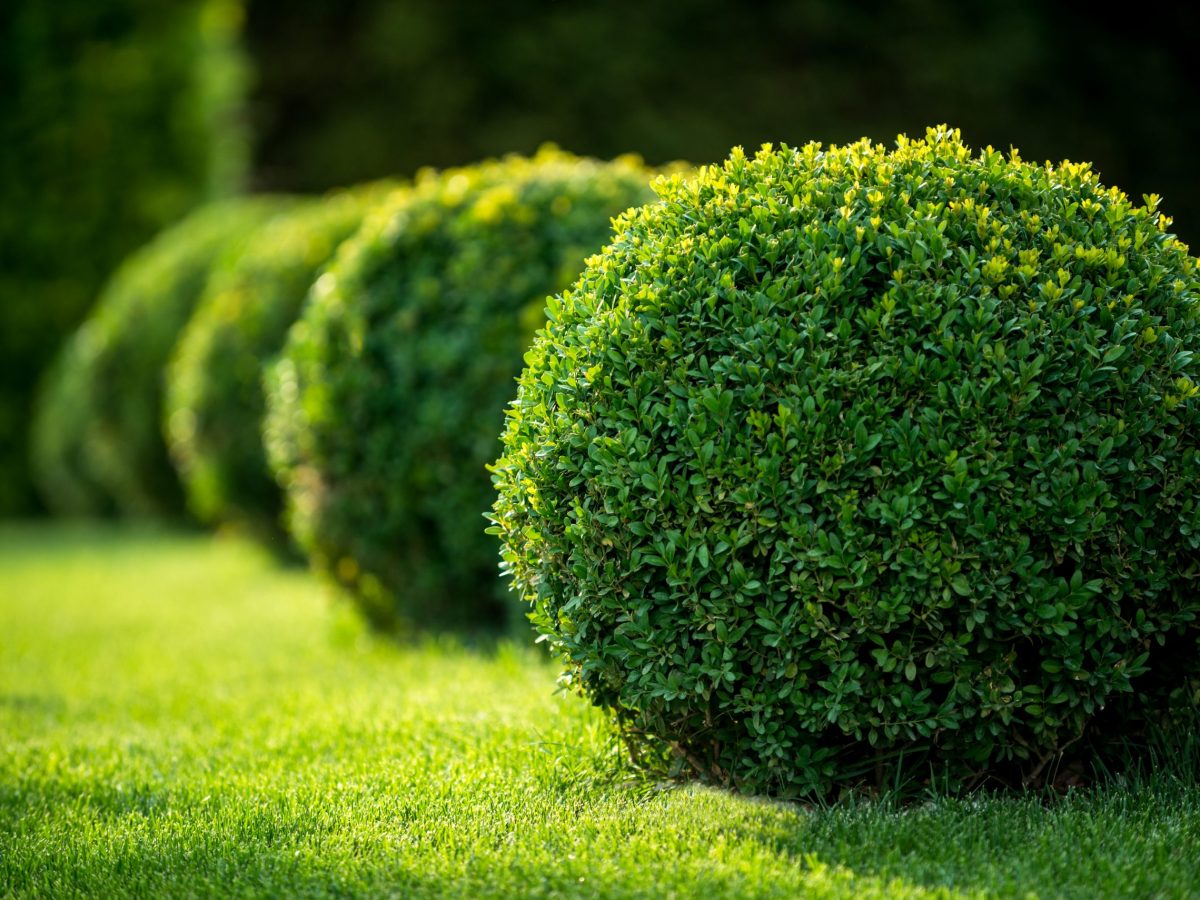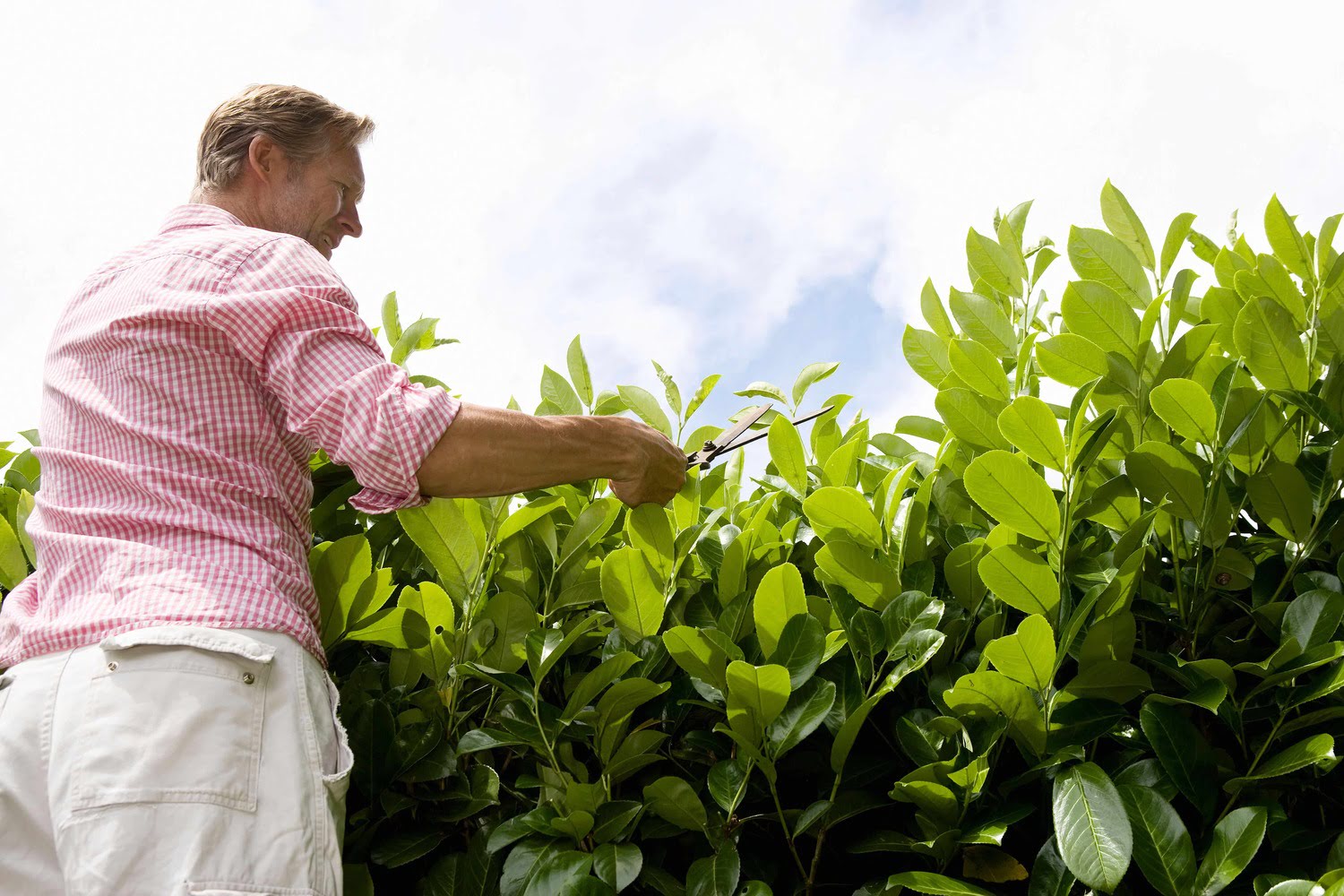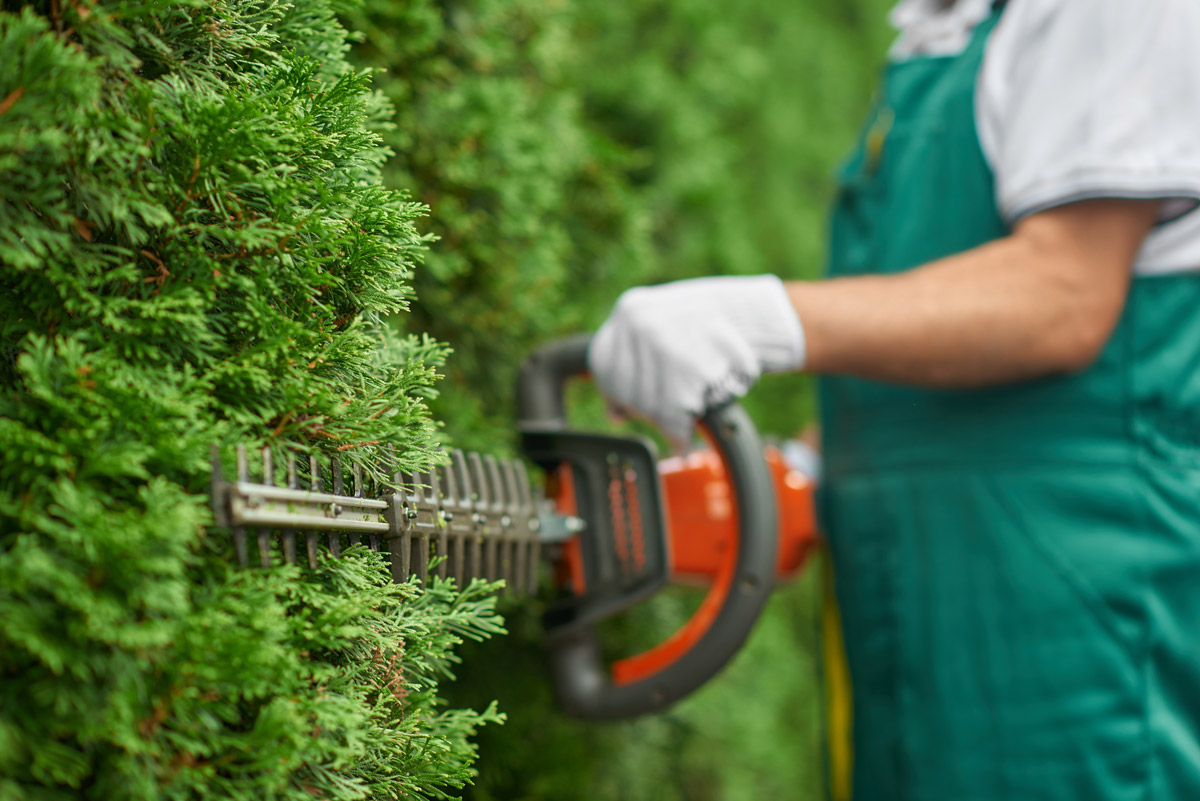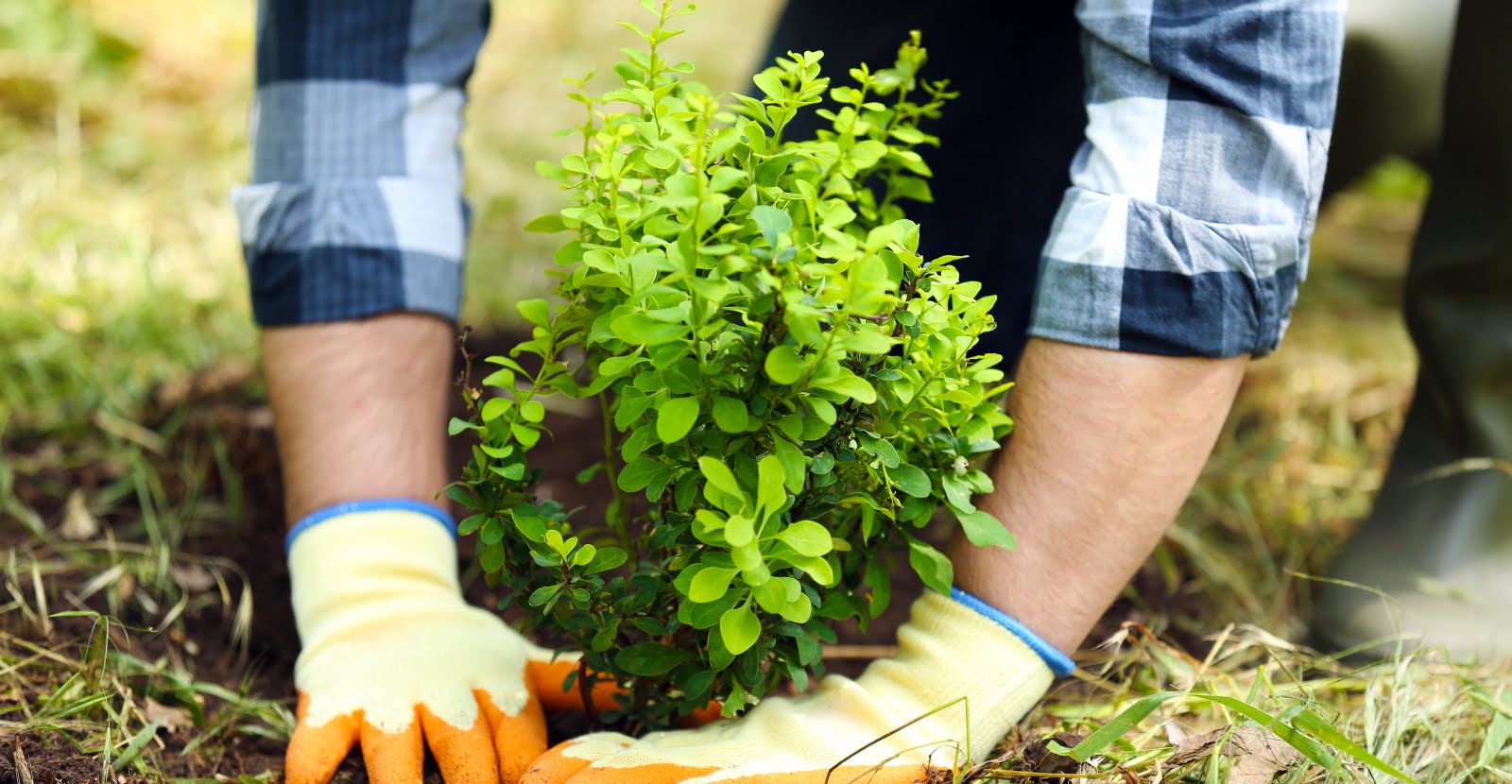Home>Gardening Techniques>Plant Care>When To Fertilize Lilac Shrubs
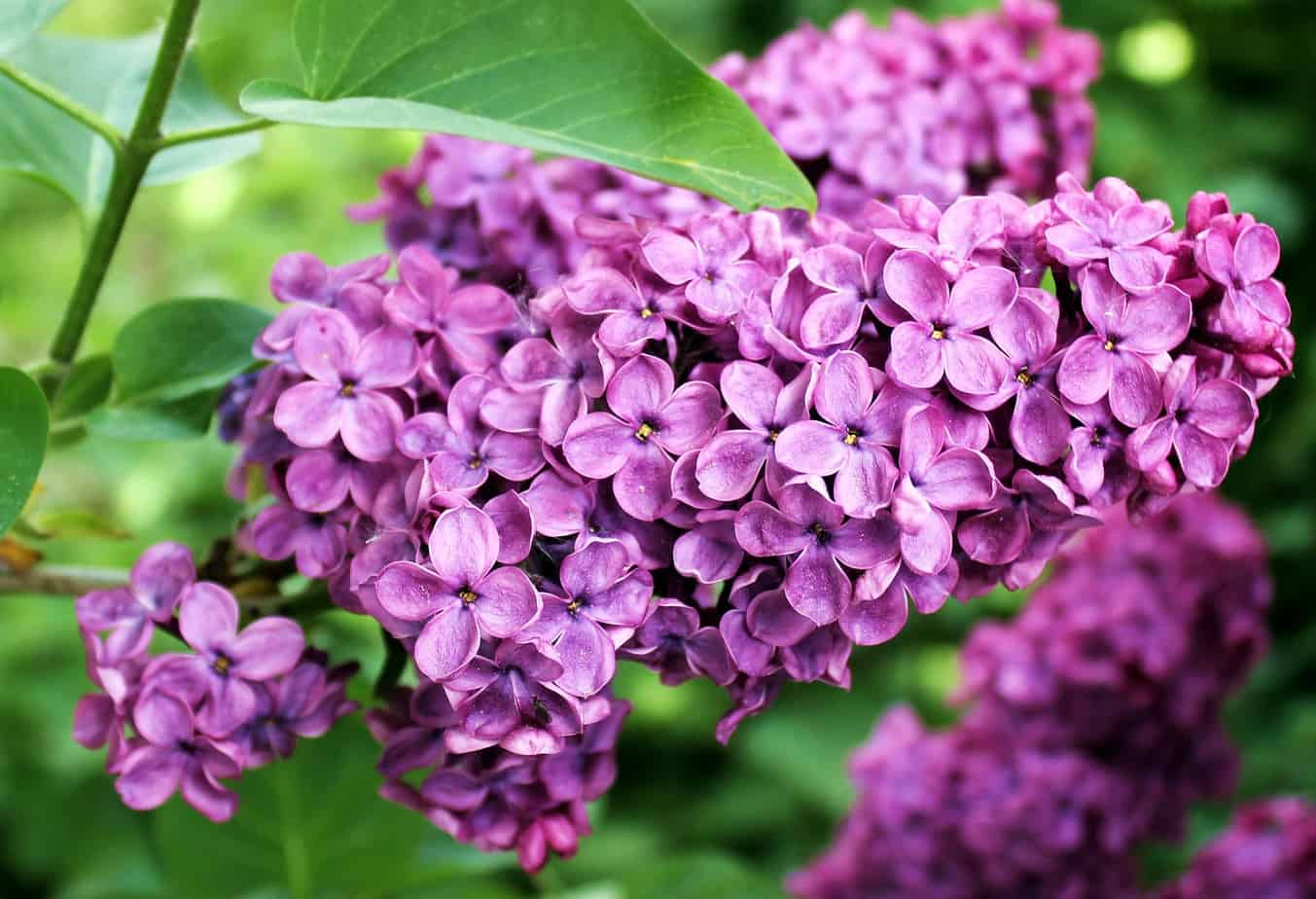

Plant Care
When To Fertilize Lilac Shrubs
Modified: January 22, 2024
Learn when to fertilize lilac shrubs and optimize their plant care for vibrant blooms. Discover expert tips and guidelines for proper fertilization of lilacs.
(Many of the links in this article redirect to a specific reviewed product. Your purchase of these products through affiliate links helps to generate commission for Chicagolandgardening.com, at no extra cost. Learn more)
Table of Contents
- Introduction
- Understanding Lilac Shrubs
- The Importance of Fertilizing
- Factors Affecting Fertilization Timing
- Signs That Your Lilac Shrubs Need Fertilization
- Best Time to Fertilize Lilac Shrubs
- How to Fertilize Lilac Shrubs
- Precautions and Tips for Fertilizing Lilac Shrubs
- Common Mistakes to Avoid When Fertilizing Lilac Shrubs
- Conclusion
Introduction
Welcome to the world of lilac shrubs, where beauty and fragrance combine to create a stunning addition to any garden or landscape. These magnificent flowering plants are beloved for their vibrant blossoms and captivating scent. However, to ensure the health and vitality of your lilac shrubs, it is essential to understand the importance of proper care, including fertilization.
Fertilizing lilac shrubs plays a crucial role in providing them with the necessary nutrients for healthy growth and abundant blooms. With the right fertilization regimen, you can enhance the overall health and vigor of your lilac shrubs, resulting in bigger, bolder, and more vibrant flowers.
But when should you fertilize your lilac shrubs? Is there a specific timing that optimizes the benefits of fertilization? In this article, we will explore the best practices for fertilizing lilac shrubs, including the optimal timing, signs that indicate the need for fertilization, and the proper techniques to ensure success.
Whether you are a seasoned gardener or a beginner, this comprehensive guide will equip you with the knowledge and tools to achieve stunning results with your lilac shrubs. So grab your gardening gloves and let’s dive in!
Understanding Lilac Shrubs
Lilac shrubs, scientifically known as Syringa, are deciduous flowering plants that belong to the olive family. They are native to various regions of Europe, Asia, and North America. These stunning shrubs are cherished for their beautiful clusters of fragrant flowers and attractive foliage. Lilac shrubs come in a range of colors, including shades of purple, pink, white, and even yellow.
The size of lilac shrubs can vary, with some growing as low as 3 feet and others towering up to 15 feet in height. The shape and foliage of lilac shrubs also differ between species, with some featuring broad, oval-shaped leaves and others showcasing narrow, lance-shaped leaves.
In addition to their visual appeal, lilac shrubs are renowned for their intoxicating fragrance. The sweet scent of lilac blossoms wafts through the air, delighting both humans and pollinators alike.
Lilac shrubs thrive in temperate climates and can generally withstand a wide range of soil conditions. However, they prefer well-draining soil that is slightly alkaline. It is also important to provide them with adequate sunlight, as they require at least six hours of direct sunlight per day to ensure optimal growth and flowering.
While lilac shrubs are typically low-maintenance plants, they still require proper care to thrive. This includes regular pruning, watering, and of course, fertilization.
Now that we have a basic understanding of lilac shrubs, let’s delve into why fertilization is crucial for their overall well-being and beauty.
The Importance of Fertilizing
Fertilizing your lilac shrubs is essential for promoting their health, vigor, and overall beauty. While these plants can survive in a variety of soil conditions, they require the right balance of nutrients to thrive and produce abundant blooms.
By providing the necessary nutrients through fertilization, you can enhance the growth, color, and fragrance of your lilac shrubs. Fertilizers are formulated to deliver specific nutrients, such as nitrogen (N), phosphorus (P), and potassium (K), which are essential for plant growth and development.
Nitrogen helps promote lush foliage and encourages robust growth. It is responsible for the vibrant green color of leaves and stems. Phosphorus is essential for root development, flower production, and overall plant health. Potassium, also known as potash, aids in various physiological processes within the plant, such as water regulation and disease resistance.
In addition to these primary nutrients, lilac shrubs also benefit from secondary nutrients like calcium, magnesium, and sulfur, as well as trace elements like iron, manganese, and zinc. These micronutrients play important roles in maintaining overall plant health and supporting various metabolic processes.
When lilac shrubs receive the proper balance of nutrients through fertilization, they are better equipped to withstand environmental stressors, such as extreme temperatures and pests. They are also more resistant to diseases and infections, ensuring their longevity in your garden.
Furthermore, proper fertilization can significantly impact the flowering capacity of lilac shrubs. Without adequate nutrients, they may produce fewer flowers, or the blooms may be smaller and less vibrant. Fertilizing at the appropriate times and with the right fertilizer formulation will help promote abundant flowering, enhancing the visual appeal and fragrance of your lilac shrubs.
Now that we understand the importance of fertilizing lilac shrubs, let’s explore the factors that affect the timing of fertilization.
Factors Affecting Fertilization Timing
The timing of fertilizing lilac shrubs is crucial to optimize their growth and ensure the availability of nutrients when they need them the most. Several factors come into play when determining the appropriate time to fertilize your lilac shrubs:
- Season: Timing your fertilization schedule based on the current season is essential. In general, it is best to fertilize lilac shrubs in early spring, just before they enter their active growth phase. This allows the plants to utilize the nutrients for new growth and flower production.
- Growth Stage: Monitoring the growth stage of your lilac shrubs is another important factor. Fertilizing when the shrubs are actively growing and developing buds will maximize the effectiveness of the nutrients. Avoid fertilizing during dormancy or during periods of extreme heat or cold.
- Soil Condition: The condition of the soil plays a significant role in fertilization timing. Conduct a soil test to determine its nutrient content and pH level. Based on the results, you can adjust your fertilization schedule to address any nutrient deficiencies or imbalances. Typically, lilac shrubs prefer slightly alkaline soil with a pH between 6.5 and 7.5.
- Climate: Consider the climate of your region when planning your fertilization timetable. Cooler regions may have shorter growing seasons, while warmer regions may experience longer growing periods. Adapting your fertilization schedule to align with the climate will ensure optimal nutrient uptake for your lilac shrubs.
Keep in mind that over-fertilization can be detrimental to lilac shrubs, causing excessive growth and reduced flower production. It is important to follow the recommended dosage and avoid applying fertilizers when they are not needed.
Now that you are familiar with the factors affecting fertilization timing, let’s explore the signs that indicate your lilac shrubs are in need of fertilization.
Signs That Your Lilac Shrubs Need Fertilization
Observing your lilac shrubs closely can provide valuable insights into their nutrient needs. Keep an eye out for the following signs, as they indicate that it may be time to fertilize your lilac shrubs:
- Poor Growth: If you notice that your lilac shrubs are experiencing stunted growth or their new shoots are weak and thin, it could be a sign of nutrient deficiency. Fertilization can help address these issues and promote healthier, more robust growth.
- Faded or Small Flowers: Lilac shrubs that produce small or dull-colored flowers may be lacking essential nutrients. Inadequate fertilization can result in reduced flower production or blooms that are not as vibrant as they should be. Fertilizing can help revive the beauty and fragrance of your lilac shrubs’ blooms.
- Yellowing Leaves: Yellowing leaves can indicate a lack of nutrients, particularly nitrogen. If the older leaves on your lilac shrubs are turning yellow and the new growth is pale, it is a sign that they could benefit from fertilization.
- Poor Overall Health: If your lilac shrubs appear generally weak, have thin foliage, or are susceptible to pest and disease attacks, it may be a sign of nutrient deficiency. Fertilization will provide them with the necessary nutrients to strengthen their immune system and improve their overall health.
It is important to note that while these signs can indicate a need for fertilization, they can also be caused by other factors such as improper watering, disease, or inadequate sunlight. It is always a good idea to assess the overall health of your lilac shrubs and consult a gardening professional or perform a soil test to determine the exact nutrient requirements.
In the next section, we will explore the best time to fertilize your lilac shrubs for optimal results.
Best Time to Fertilize Lilac Shrubs
The timing of fertilization plays a crucial role in the success of your lilac shrubs’ growth and flowering. The best time to fertilize lilac shrubs is in early spring, just before they start their active growth phase. This ensures that the nutrients are readily available when the plants need them the most.
Applying fertilizer in early spring allows the lilac shrubs to utilize the nutrients for developing new shoots, leaves, and flower buds. It sets the stage for healthy growth and abundant blooms throughout the flowering season.
When choosing a fertilizer for your lilac shrubs, opt for a balanced formulation with equal proportions of nitrogen (N), phosphorus (P), and potassium (K). For example, a fertilizer labeled as 10-10-10 or 14-14-14 would be suitable. These balanced fertilizers provide a well-rounded nutrient supply that supports overall plant health and flowering.
It is important to follow the instructions on the fertilizer packaging regarding application rates and methods. Generally, you can sprinkle the fertilizer evenly around the base of the lilac shrubs, being careful not to allow it to come into direct contact with the stems or foliage. After applying the fertilizer, water the shrubs thoroughly to help the nutrients penetrate the soil and reach the roots.
While early spring is the optimal time for fertilizing lilac shrubs, it is best to avoid fertilizing them during periods of extreme heat or cold. High temperatures can cause the fertilizer to burn the plants, while freezing temperatures may prevent proper absorption of the nutrients. It is important to consider the specific climate of your region and adjust the fertilization schedule accordingly.
Once you have fertilized your lilac shrubs in early spring, it is generally not necessary to provide additional fertilization throughout the growing season. Over-fertilizing can lead to excessive growth and reduced flower production. However, if you notice signs of nutrient deficiency later in the season, you can consider applying a light dose of a balanced fertilizer or addressing the specific nutrient deficiency identified through a soil test.
By fertilizing your lilac shrubs at the right time and with the appropriate fertilizers, you can ensure their health, vitality, and stunning display of flowers. In the next section, we will explore the proper techniques for fertilizing lilac shrubs.
How to Fertilize Lilac Shrubs
Fertilizing lilac shrubs is a straightforward process when you follow the proper techniques. Here is a step-by-step guide on how to fertilize your lilac shrubs:
- Choose the Right Fertilizer: Select a balanced fertilizer with equal proportions of nitrogen (N), phosphorus (P), and potassium (K). Look for a formulation, such as 10-10-10 or 14-14-14, that provides a well-rounded nutrient supply.
- Consider a Soil Test: Before fertilizing, it is a good idea to conduct a soil test to assess any nutrient deficiencies or imbalances. This will help you determine the specific fertilizer requirements for your lilac shrubs.
- Fertilize in Early Spring: The best time to fertilize lilac shrubs is in early spring, just before their active growth phase. This allows the plants to utilize the nutrients for new growth and abundant flower production. However, avoid fertilizing during periods of extreme heat or cold.
- Measure and Apply: Follow the instructions on the fertilizer packaging to determine the appropriate application rate. Use a garden scoop or measuring cup to ensure accurate measurements. Sprinkle the fertilizer evenly around the base of the lilac shrubs, avoiding direct contact with the stems or foliage.
- Water Thoroughly: After applying the fertilizer, water the shrubs thoroughly. This helps the nutrients penetrate the soil and reach the root zone. Watering also prevents the fertilizer from sitting on the surface and potentially burning the plant. Aim to provide enough water to moisten the soil to a depth of around 6-8 inches.
- Avoid Over-Fertilization: It is essential to avoid over-fertilizing lilac shrubs, as excessive nutrients can lead to excessive growth and reduced flower production. Stick to the recommended dosage and resist the temptation to add more fertilizer than necessary.
Remember, proper timing and application are key to successful fertilization. By following these steps, you can ensure that your lilac shrubs receive the nutrients they need for healthy growth, abundant blooms, and overall vitality.
In the next section, we will share some precautions and tips to keep in mind when fertilizing lilac shrubs.
Precautions and Tips for Fertilizing Lilac Shrubs
Fertilizing lilac shrubs requires care and attention to ensure the best results. Here are some precautions and tips to keep in mind when fertilizing your lilac shrubs:
- Read Instructions: Carefully read and follow the instructions on the fertilizer packaging. Different fertilizers may have specific application rates and recommendations that need to be adhered to for optimal results.
- Avoid Over-Fertilization: It’s important not to over-fertilize your lilac shrubs. Applying excessive amounts of fertilizer can do more harm than good, leading to nutrient imbalances, excessive growth, and reduced flowering. Stick to the recommended dosage and avoid the temptation to add more.
- Avoid Fertilizer Contact with Stems and Foliage: When applying the fertilizer, make sure to avoid direct contact with the stems and foliage of the lilac shrubs. Fertilizer in direct contact with the plant can cause burning or damage. Instead, spread the fertilizer around the base of the shrubs, ensuring even distribution.
- Water Properly: After applying the fertilizer, water the lilac shrubs thoroughly. This helps the nutrients penetrate the soil and reach the root zone. It is important to provide enough water to moisten the soil to a depth of around 6-8 inches.
- Consider Slow-Release Fertilizers: Slow-release fertilizers provide a steady supply of nutrients to the lilac shrubs over an extended period. This can be beneficial, as they release the nutrients gradually, reducing the risk of over-fertilizing. Consider using slow-release fertilizers for convenience and to avoid frequent applications.
- Monitor Soil Moisture: Lilac shrubs prefer well-draining soil. Before fertilizing, ensure that the soil is not excessively wet or waterlogged. Overly saturated soil can hinder nutrient uptake and may increase the risk of root rot. It is essential to maintain proper soil moisture levels for optimal growth.
- Consider Organic Alternatives: Organic fertilizers can be a beneficial alternative to synthetic options. They provide nutrients in a slower-release form and improve the overall condition of the soil. Incorporating organic matter, such as compost or well-rotted manure, into the soil can also enhance nutrient availability.
- Prune Before Fertilizing: It is advisable to prune lilac shrubs before fertilizing. Pruning helps remove dead or weak branches, stimulates new growth, and improves airflow and light penetration. Fertilizing after pruning allows the shrubs to direct the nutrients to the new growth and budding flowers.
By following these precautions and tips, you can ensure that the fertilization process for your lilac shrubs is successful and promotes their overall health and beauty.
In the next section, we will discuss some common mistakes to avoid when fertilizing lilac shrubs.
Common Mistakes to Avoid When Fertilizing Lilac Shrubs
Fertilizing lilac shrubs is a crucial aspect of their care, and avoiding common mistakes can help ensure their health and vitality. Here are some common mistakes to avoid when fertilizing your lilac shrubs:
- Over-Fertilization: Applying too much fertilizer can be detrimental to lilac shrubs. Excessive nutrients can lead to excessive growth, weak branches, and reduced flower production. Always follow the recommended dosage and avoid the temptation to add more fertilizer than necessary.
- Fertilizing at the Wrong Time: Timing is crucial when fertilizing lilac shrubs. Fertilize in early spring, just before the active growth phase begins. Avoid fertilizing during periods of extreme heat or cold, as the plants may not be able to effectively utilize the nutrients.
- Using the Wrong Fertilizer: Choosing the right fertilizer formulation is essential. Using a fertilizer with imbalanced nutrient ratios or inappropriate nutrient levels can result in nutrient deficiencies or excesses. Opt for a balanced fertilizer with equal proportions of nitrogen (N), phosphorus (P), and potassium (K) for optimal results.
- Direct Contact with Stems and Foliage: When applying fertilizer, avoid direct contact with the stems and foliage of the lilac shrubs. Fertilizer in direct contact with the plant can cause burning or damage. Instead, spread the fertilizer evenly around the base of the shrubs, ensuring even distribution.
- Ignoring Soil Conditions: Soil conditions play a critical role in nutrient availability. Conduct a soil test to assess the pH level and nutrient content of the soil. Based on the results, adjust the fertilizer application to address any deficiencies or imbalances. Lilac shrubs prefer slightly alkaline soil with a pH between 6.5 and 7.5.
- Not Watering Properly: Watering is crucial after fertilization to help the nutrients penetrate the soil and reach the root zone. Thoroughly water the lilac shrubs after applying the fertilizer to ensure proper nutrient uptake. However, avoid over-watering, as it can lead to root rot and other issues.
- Ignoring Pruning: Pruning lilac shrubs before fertilizing is essential. Pruning helps remove dead or weak branches, stimulates new growth, and improves airflow and light penetration. Fertilizing after pruning allows the shrubs to direct the nutrients to the new growth and budding flowers.
- Not Following Package Instructions: Each fertilizer product may have specific instructions regarding dosage, application rates, and timing. Always read and follow the instructions on the fertilizer packaging to ensure proper use and avoid any potential negative effects on the lilac shrubs.
By avoiding these common mistakes, you can ensure that your fertilization efforts are effective, promoting the health, growth, and stunning blooms of your lilac shrubs.
In the next section, we will conclude our guide with a summary of the key points covered.
Conclusion
Caring for your lilac shrubs is a rewarding experience, and proper fertilization plays a crucial role in their health, growth, and abundant flowering. Understanding when and how to fertilize your lilac shrubs is key to their overall success in your garden or landscape.
Start by familiarizing yourself with the characteristics of lilac shrubs, such as their stunning flowers, captivating fragrance, and specific soil and sunlight requirements. Recognize the importance of fertilization in providing the necessary nutrients for vibrant growth and abundant blooms.
Consider the factors that affect fertilization timing, such as the season, growth stage of the shrubs, soil conditions, and climate. Pay attention to signs that indicate your lilac shrubs need fertilization, such as poor growth, faded flowers, yellowing leaves, and overall weak health.
The best time to fertilize your lilac shrubs is in early spring, just before the active growth phase begins. Use a balanced fertilizer with equal proportions of nitrogen (N), phosphorus (P), and potassium (K), and avoid over-fertilization. Apply the fertilizer around the base of the shrubs, avoiding direct contact with the stems and foliage.
Remember to water the shrubs thoroughly after fertilization to help the nutrients reach the root zone. Consider precautions and tips, such as reading instructions, monitoring soil moisture, and considering organic alternatives.
Avoid common mistakes, including over-fertilization, fertilizing at the wrong time, using the wrong fertilizer, and ignoring pruning and package instructions. By following these guidelines and avoiding these mistakes, you can ensure the health, vitality, and stunning beauty of your lilac shrubs.
So, equip yourself with the knowledge and take the necessary steps to fertilize your lilac shrubs effectively. With proper care, your lilac shrubs will reward you with breathtaking blossoms and fragrant blooms for many seasons to come.

